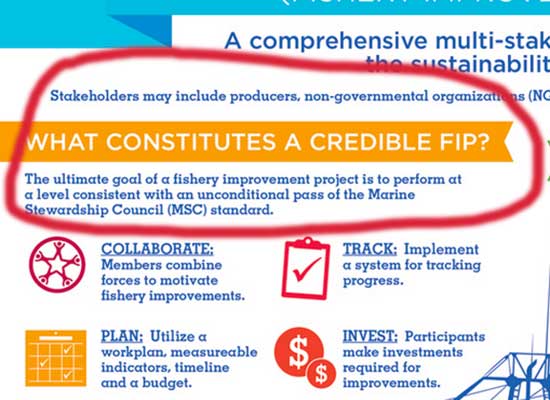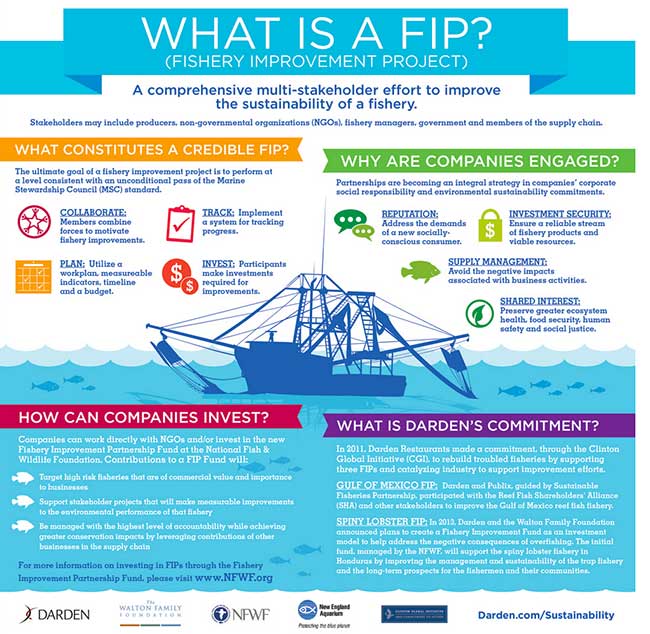With the announcements this week that both the General Services Administration and the National Park Service have backed away from efforts to use 3rd party standards for sustainable seafood purchasing, it is now time for NOAA and Congress to assert this policy in other areas of government funding.
SEAFOOD.COM NEWS [Seafoodnews.com] September 26, 2013 –The issue arose when Alaska salmon – once the poster child for an MSC sustainable fishery – decided to leave the MSC program and turn to a different 3rd party certification. The reason was that over time, the MSC program for Alaska salmon changed from documenting the impressive record of fishery managers to imposing its own standards and policies on those very same fishery managers.
Such a move into “fishery management” is outside the scope of a standards body, and usurps the role of the US government and state agencies in managing fisheries.
Such a usurpation might be justified if the management record was one of abject failure. However, when the record is one of huge success, the only justification for such a take over of the management function is the aggrandizement and expansion of the MSC’s organizational role.
Congress has recognized this problem in relation to Alaska fisheries, when MSC retail partners began publicly saying they would not buy Alaska salmon unless it was in the MSC process – either with a certification, or in an improvement program with the goal of meeting the MSC certification.
As a result of public inquiry and congressional pressure, the national park service and the General Services Administration, and soon the Dept. of Defense, will all clarify that their sustainable purchase guidelines include seafood sustainably managed under US laws, regardless of whether that fishery is certified by the MSC or not.
Now it is time to extend that understanding – that multiple ways of certifying sustainable fisheries exist – to a new push for fishery improvement projects
As the accompanying chart shows, the recent Walton Family Foundation announcement (Seafood.com News Sept. 26, 2013) of a partnership to create as many as 400 FIP’s is a laudable goal. However, it depends significantly on funding and partnerships with NOAA and the Congressionally created National Fish and Wildlife Foundation. The program description of the Fisheries Innovation Fund can be found on the National Fish and Wildlife website here.
The very first thing the infographic published by Walton says is

This is not acceptable language for a program of the National Fish and Wildlife Foundation and NOAA.
The full infographic is here:

Fishery Improvement programs, including the investment needed to monitor and bring fishery management tools to bear on important wild fisheries is a key task, and is certainly worthy of support.
However, the statement that the “Ultimate Goal of a fishery improvement project is to perform at a level consistent with an unconditional pass of the Marine Stewardship Council (MSC) standard” is not consistent with science or US public policy.
There is no acceptance of the “MSC” standard as the arbiter of sustainability, except within the private sector that has commercial reasons for doing so. For governments, the FAO standards for responsible fishing are the only standards which have been formally adopted. In the US, those standards are carried out through the Magnuson Stevens Act.
Therefore it is incumbent on NOAA and the National Fish and Wildlife Foundation – to the extent the US government is funding and participating in these partnerships, to make clear that Fisheries Improvement Projects are not to be judged solely by the MSC standard.
We call on NOAA, the National Fish and Wildlife Service, and Congressional offices concerned with seafood sustainability to make clear to their partners, including the Walton Family Foundation, that a more objective and neutral definition of seafood sustainability has to be used to measure Fishery Improvement Projects.
Since the MSC and other major certification schemes all trace back to the FAO responsible fishing standard, more appropriate language would be that the goal of these fishery improvement projects is
“to bring the fishery into compliance with the FAO responsible fishery standard.”
Whether the fishery in question then gets certified by the MSC or any other organization would be up to the participants and their buyers, if it makes economic sense.
This story originally appeared on Seafood.com, a subscription site. It has been reprinted with permission.
